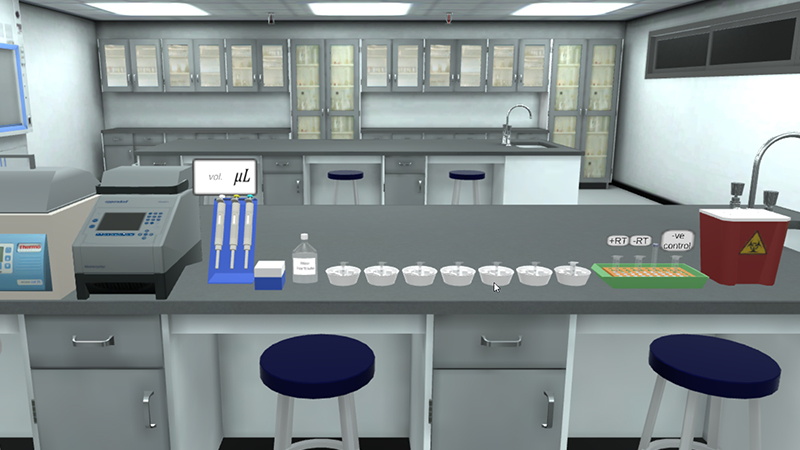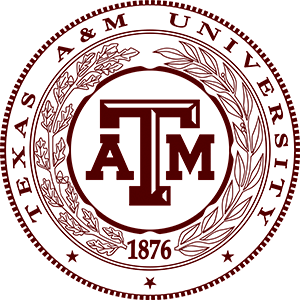cDNA Synthesis describes the generation of complementary DNA (cDNA) from an RNA template by reverse transcription. Reverse transcriptases (RTase) use an RNA template and a primer complementary to the RNA to direct the synthesis of the first strand cDNA, which can be used directly as a template for several processes. Viruses synthesize cDNA so that they can be incorporated efficiently into the host chromosome.
cDNA could be used in the following applications:
- Gene cloning.
- Creation of a cDNA library.
- DNA microarray.
- qPCR.
- Studying gene expressions.



















